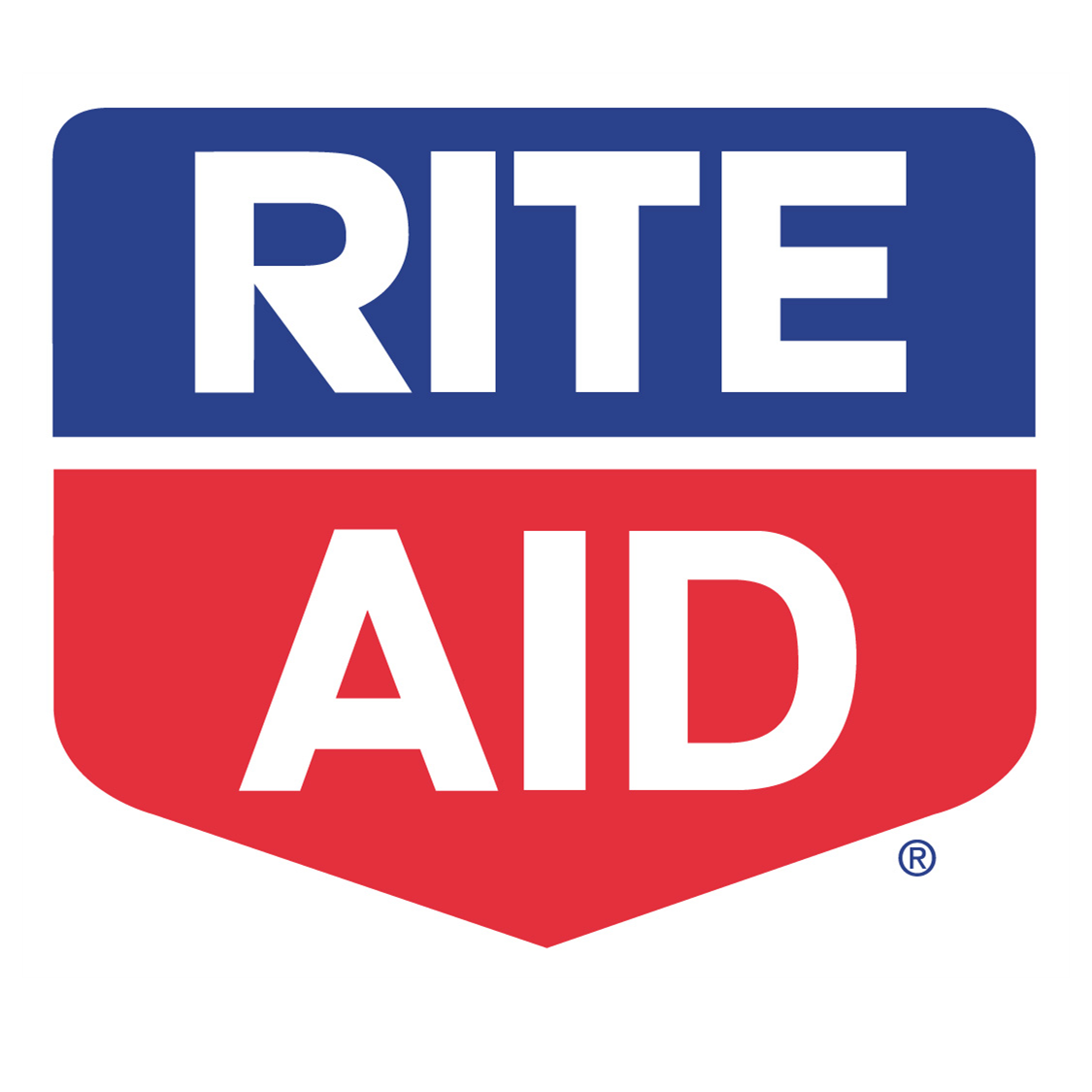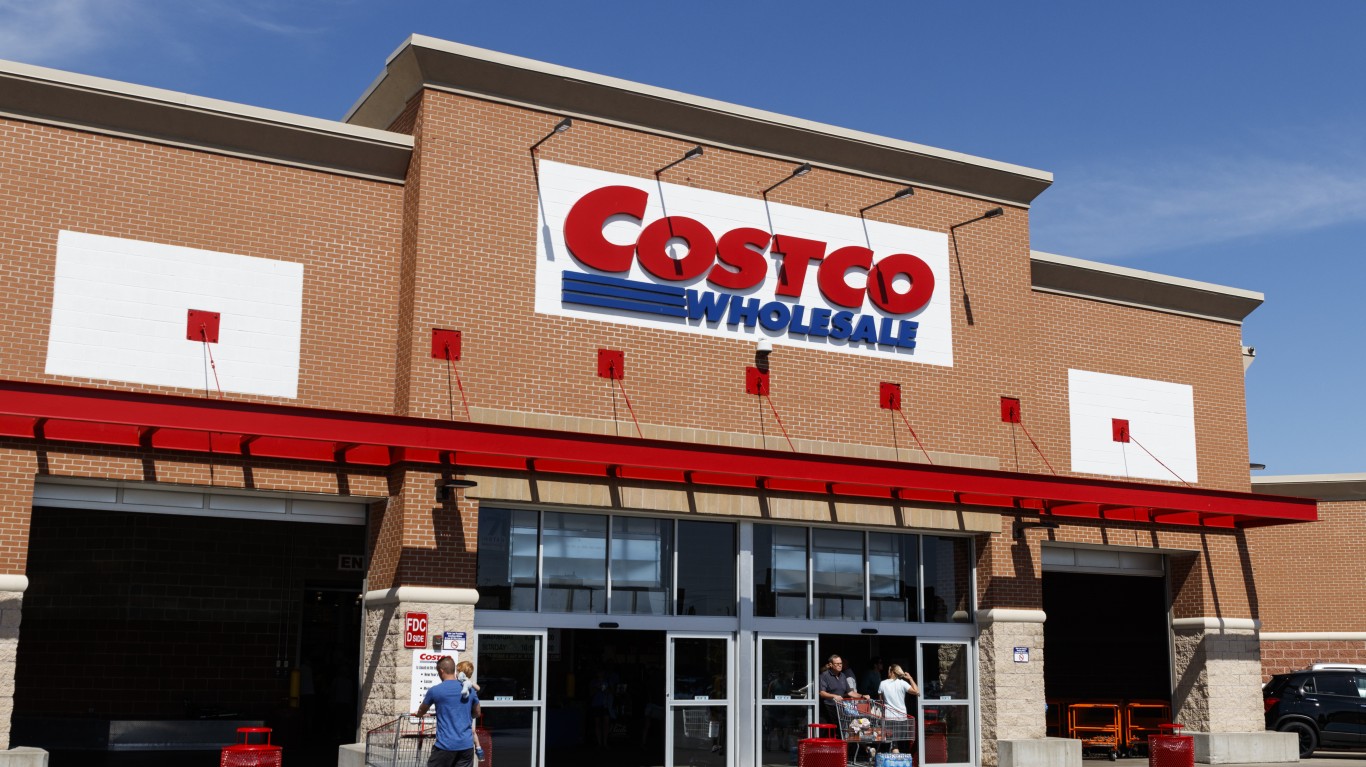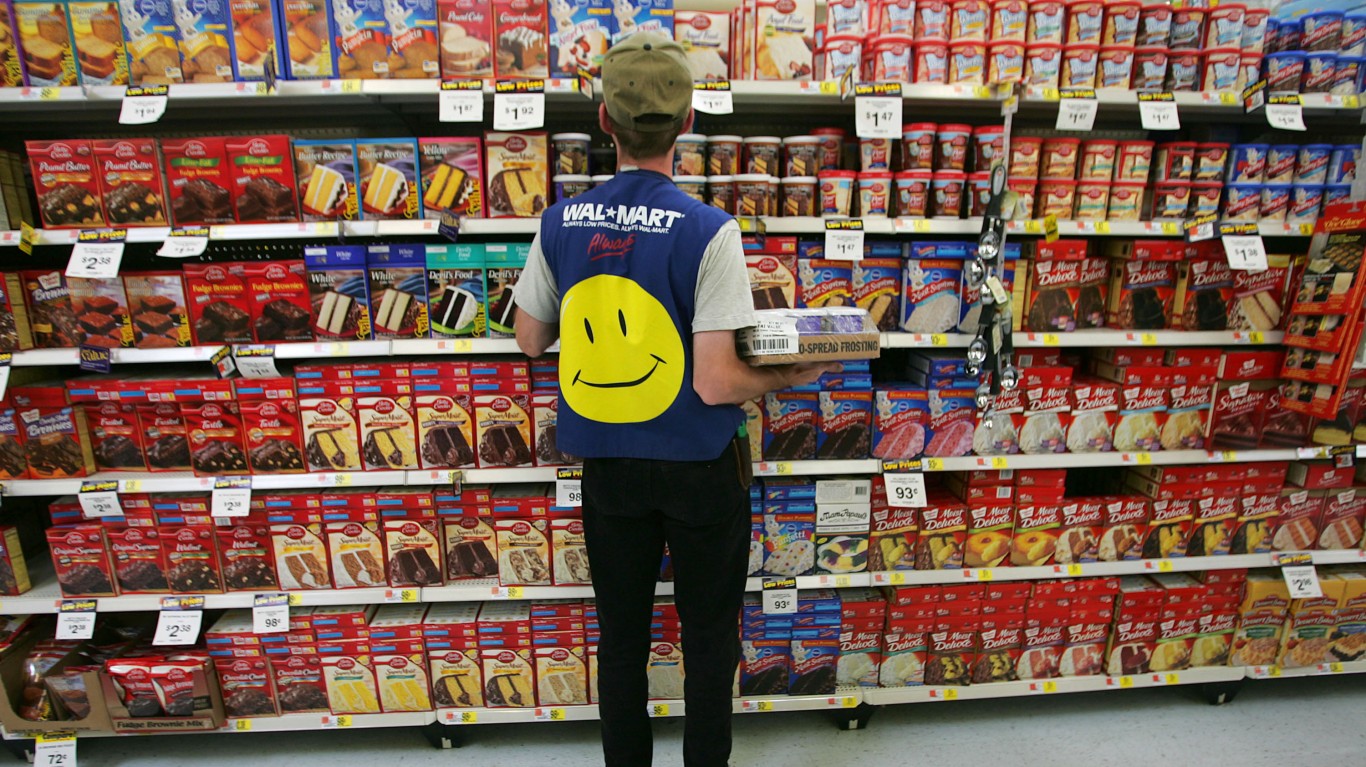
Rite Aid Corp. (NYSE: RAD) remains caught in what many investors equate to a merger time warp. That often just might not mean that the low volatility in a post-merger announcement leaves any great value or upside in the turnaround pharmacy chain. In the case of Rite Aid, it could be the opposite.
Credit Suisse started new analyst coverage on many health care related stocks on Wednesday, issuing very positive views on Rite Aid and on would-be acquirer Walgreens Boots Alliance Inc. (NASDAQ: WBA).
Robert Willoughby, Credit Suisse’s analyst behind the call, issued an Outperform rating with a $9.00 price target on Rite Aid. The firm’s prior rating had been Neutral. The long and short of the matter is that this implies some 13% upside, but that may have a kicker to it if the merger story changes.
Walgreens Boots announced in late 2015 that it would acquire Rite Aid for $9.00 per share. The annualized upside if the deal closes is closer to 26% if the August 31 time and date is allowed to close. Some investors worry that regulatory powers might pose a hurdle. On this front, Willoughby said:
The deal is trading at a roughly 75% implied probability of success assuming a downside risk of $4.65 per share. The Credit Suisse Special Situations Desk believes odds of the deal’s success are approximately 85%.
The boards of both companies support the combination, but the deal is facing FTC scrutiny, with a request for additional information issued on December 11, 2015, as expected. Walgreens Boots Alliance, which has its own unique growth challenges, has indicated a willingness to divest up to 1,000 of Rite Aids approximately 4,600 stores to appease the FTC. We expect it will attempt to renegotiate, not abandon, the merger agreement in the event deeper cuts are requested.
That $4.65 downside might sound sharp, but there is a standalone turnaround here, and this stock was doing far better than that when the deal came around. Its prior operational abyss attributable to prior aggressive acquisitions is in the past.
Credit Suisse’s report noted that Rite Aid’s store footprint should grow modestly in 2017 and the company is still carrying on with a refurbishment program to turn up its same-store sales metrics. The acquisition of EnvisionRx in 2015 added faster-growing PBM and specialty pharmacy businesses that have exceeded our growth forecasts. Willoughby further said of Rite Aid’s valuation:
If Rite Aid held its current Enterprise value/EBITDA multiple while applying free cash flow to debt reduction, a pathway to a higher equity valuation is apparent. Our target price is based on the assumption that it can trade at a higher multiple of 10.5x, which equates to the Walgreens Boots Alliance offer price.
24/7 Wall St. would point out that other analysts, and some basic math analysis at the time was pointing toward the notion that Rite Aid’s buyout may be undervaluing the shareholder stake for the common stock.
As far as the 13% upside in Rite Aid, what about the rating on Walgreens Boots Alliance? Credit Suisse reinstated coverage on Walgreens as well, with an Outperform rating. The firm’s previous price target of $100 was not honored and the new official price target under new coverage is $92.00. That leaves about 12% upside from the $82.00 share price, but that is without the 1.7% or so dividend yield.
Willoughby said of Walgreens Boots Alliance:
We remain skeptical of Walgreens Boot Alliance’s and the industry’s long-term front end growth prospects, but the company’s emphasis on giving patients access to its pharmacies positions it well as the largest retail chain in the U.S. Higher expected prescription volumes that are growing under new management over its fixed cost network should mitigate ongoing reimbursement challenges around the world.
Rite Aid shares closed only marginally higher at $7.98, with a consensus analyst price target of $9.00 and with a 52-week trading range of $5.88 to $9.47.
The Average American Is Losing Their Savings Every Day (Sponsor)
If you’re like many Americans and keep your money ‘safe’ in a checking or savings account, think again. The average yield on a savings account is a paltry .4% today, and inflation is much higher. Checking accounts are even worse.
Every day you don’t move to a high-yield savings account that beats inflation, you lose more and more value.
But there is good news. To win qualified customers, some accounts are paying 9-10x this national average. That’s an incredible way to keep your money safe, and get paid at the same time. Our top pick for high yield savings accounts includes other one time cash bonuses, and is FDIC insured.
Click here to see how much more you could be earning on your savings today. It takes just a few minutes and your money could be working for you.
Thank you for reading! Have some feedback for us?
Contact the 24/7 Wall St. editorial team.
 24/7 Wall St.
24/7 Wall St.


